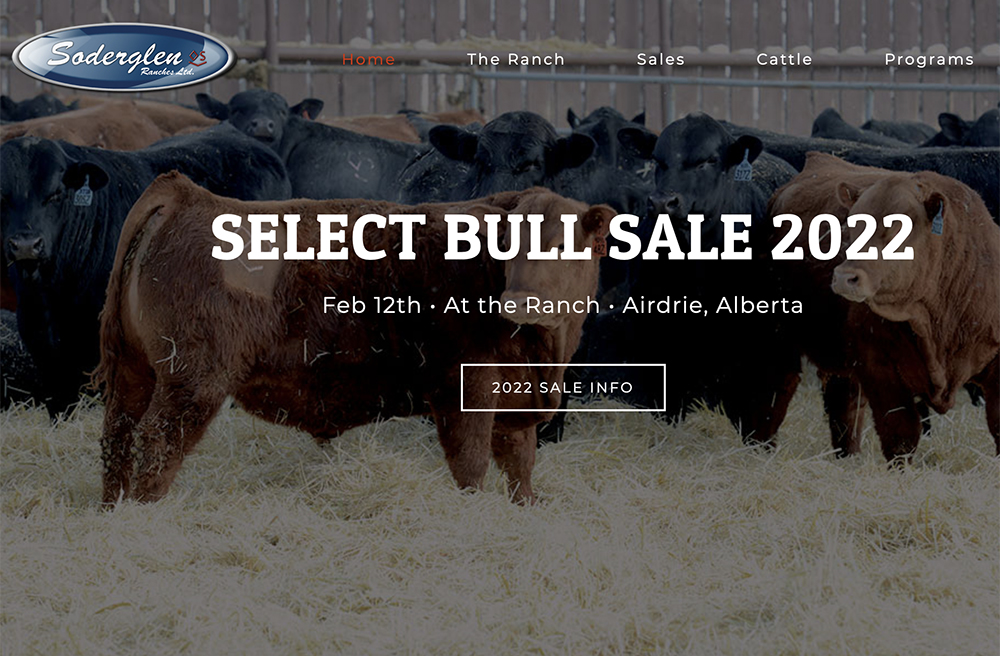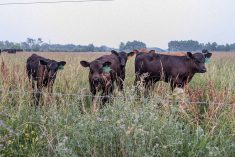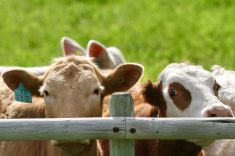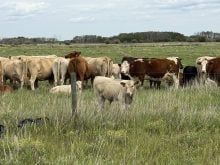Producers promote their animals by expanding personal connection networks through conferences and trade shows
Marketing and promoting a ranch isn’t like it used to be. Hand-painted plywood signs at the end of a driveway won’t likely entice potential livestock customers.
Soderglen Ranches Ltd., one of the largest seedstock cattle operations in Canada, has improved its sign to help market its three southern Alberta facilities.
Elan Lees, business manager and co-owner of Soderglen South, says that 32 years ago, when she and her husband began selling bulls and females, every ranch sold almost the same product.
She quickly understood they needed to find a strategy to differentiate themselves.
Read Also
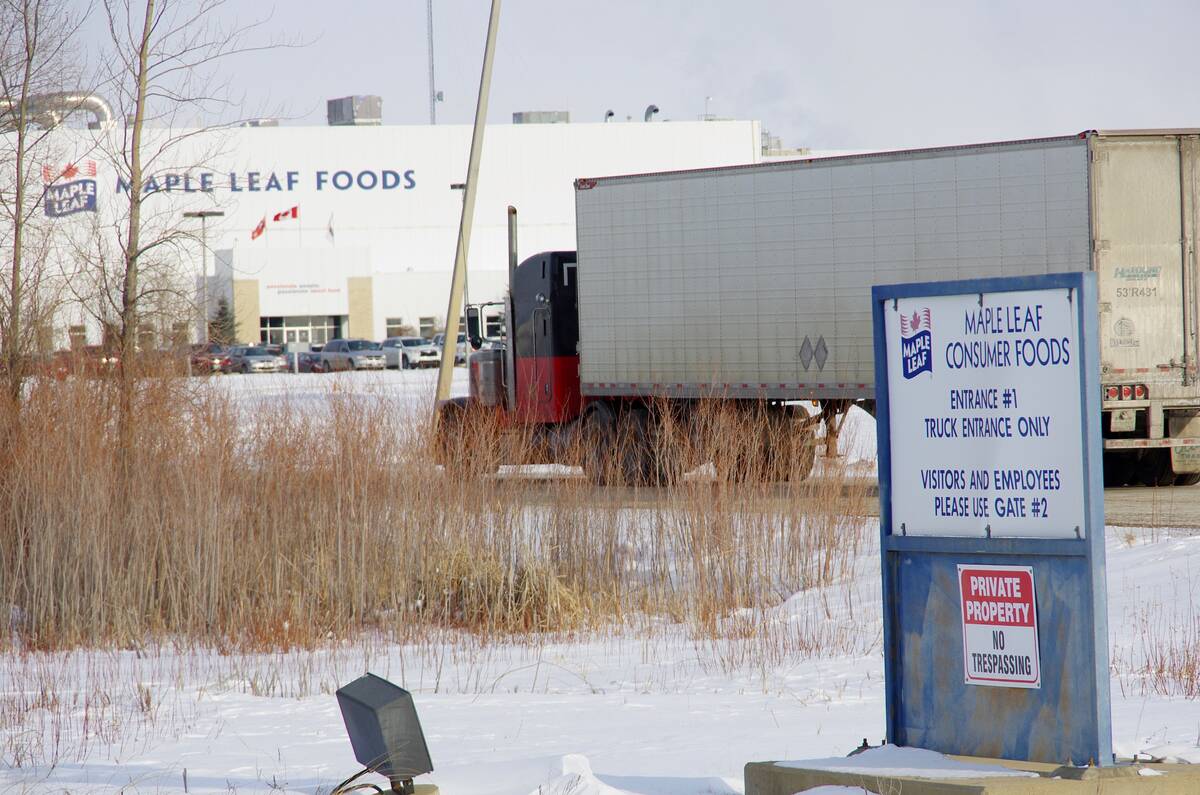
Manitoba pork exports gain new market ground
Manitoba’s pork trade pivoted from China over the last five years, while Japan is remains the largest customer and South Korea and Mexico market footholds have grown
“Now we’re striving to first meet and then exceed our customer’s expectations. That’s how we set ourselves apart,” she said. “Everything done with our bull and female business has been about the customer.
“If our customers aren’t happy, we’re not making bottom line. Then, we’re not profitable. We ensure we serve them to the best of our ability.”
Soderglen uses a variety of online media combined with social media platforms including Facebook, Twitter and Instagram to match ever-changing demographics. Its website will soon allow customers to view past purchases, said Lees.
The annual February bull sale catalogue is the operation’s main marketing tool, augmented with billboard, radio and television advertisements. It offers $1,000 for referrals leading to bull sales, sends postcards for $100 off heifer purchases and holds draws for bull credits and ranch merchandise.
Lees says a strong warranty system adds to marketing reach. A sight unseen purchase program for bulls has also been successful.
“Human interaction is the core of the business,” said Lees. “If we don’t see how the bulls are working, what needs to change, or what clients want different, we can’t help them and they can’t help us.”
South of the border, Shaye Koester, host of the Casual Cattle Conversations podcast, views marketing through the eyes of a younger generation and says expansion of a personal connections network is key to promotion.
Koester is completing an animal science degree focused on food animal production and management at the University of Nebraska-Lincoln. The podcast was created through the Engler Entrepreneurship Program minor. Her minor study focuses on issues within the beef industry and their potential solutions.
Koester recommends that producers attend agricultural conventions, trade shows and conferences and ensure personal values line up with the organizations they choose to join.
“Try to go with someone else to help each other,” she says. “Maybe you know someone (who) friends or family members don’t. It could work vice-versa where they help you.
“It’s hard to walk up and introduce yourself, but sometimes that’s all it takes. I’ve never had someone turn away because they didn’t want to talk. Be yourself and share your story. It doesn’t have to be a sales pitch. If you meet one person, and that person connects you with three more, the web keeps expanding.”
Koester believes contact with people and businesses in the local community is essential.
“There’s plenty of talent in rural communities, so 4-H and FFAs (Future Farmers of America) are great aspects from a personal standpoint. Commingling junior high and high schoolers with older generations increases learning and opens minds.
“Sale barns, veterinarians, feed businesses, the local elevator — all are vital to what we do as beef producers. It’s critical all aspects come together as resources for each other.”
Determining ideal customers is just as important.
“Use marketing to increase sales, but to the right customers. Try to understand who we want them to be so we can tailor promotion to serve them better.”
Like Soderglen’s approach, Koester recommends that owners, no matter their age or level of computer skills, have a basic social media presence. She believes it’s key to not only communicate with other beef producers but network with outside businesses and resources linked to the industry.
Then it’s easier to see other perspectives and gain a healthier understanding of how to promote cattle, who to connect with, what issues the industry is facing and how they impact all sectors.
Lees agrees.
“Don’t be afraid to try new things, but make sure they’re in tune with the customer,” she said. “Plus, work hard to be a little different than everyone else. Push to be innovative. It doesn’t have to cost a lot of money.”

